What is a Cover Letter?
A cover letter is a crucial document that accompanies your resume when applying for a job. It serves as a personal introduction and a marketing tool, allowing you to showcase your qualifications, skills, and enthusiasm for a particular role and company. Unlike a resume, which provides a factual overview of your professional history, a cover letter offers an opportunity to express your personality, connect with the hiring manager, and demonstrate why you’re the ideal candidate. It’s your chance to make a strong first impression and encourage the reader to delve deeper into your qualifications. A well-written cover letter can significantly increase your chances of landing an interview, making it a vital part of any job application strategy.
Purpose of a Cover Letter
The primary purpose of a cover letter is to introduce you to a potential employer and highlight the key aspects of your resume that are most relevant to the specific job you’re applying for. It’s not just a formality; it’s a strategic document that allows you to personalize your application and demonstrate your understanding of the role and the company. A cover letter enables you to articulate your career goals, explain why you’re interested in the position, and emphasize your relevant skills and experiences in a narrative form. Moreover, it provides an opportunity to address any potential gaps or concerns in your resume and to showcase your communication and writing skills. A well-crafted cover letter can set you apart from other candidates and make a compelling case for why you deserve an interview.
Key Components of a Cover Letter
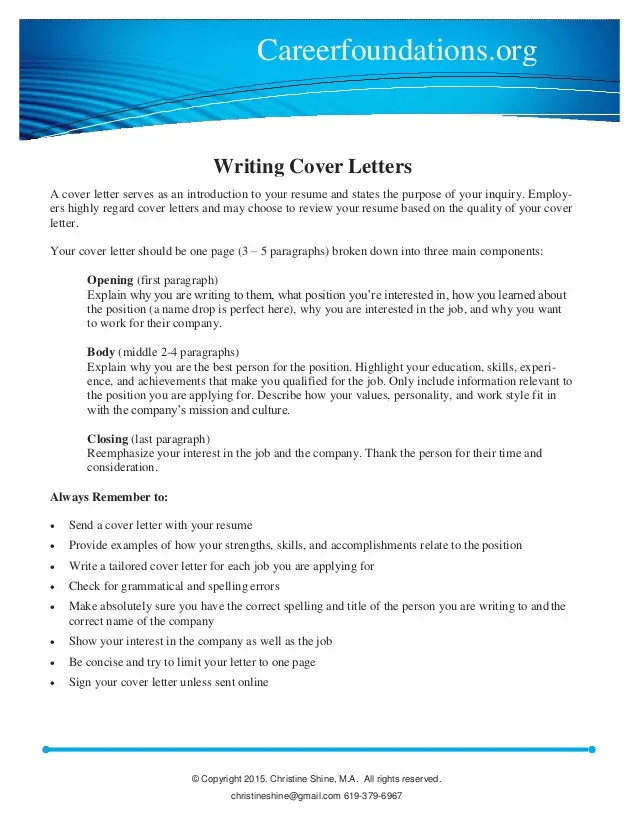
A compelling cover letter is comprised of several key components, each playing a vital role in conveying your message effectively. Structuring your letter appropriately ensures clarity, professionalism, and the ability to highlight your qualifications effectively. These components collectively tell your professional story, making it easy for the hiring manager to quickly understand why you’re the perfect candidate for the job.
Header Section
The header section of your cover letter is crucial for providing essential contact information. It typically includes your full name, address, phone number, and email address. Accuracy and professionalism are paramount here, ensuring that the hiring manager can easily contact you. It should be clearly formatted, making it easy to read and locate your contact details. Presenting your information clearly demonstrates your attention to detail and organizational skills, setting a positive tone right from the beginning of your application.
Applicant’s Contact Information
Begin by including your full name at the top. Underneath, provide your current address, making sure it’s accurate and up-to-date. Following your address, include your phone number; ensure it’s a number where you can be easily reached and that the voicemail is professional. Lastly, provide a professional email address. Avoid using informal email addresses; instead, opt for an email address that includes your name. Your email is a way to communicate with the hiring manager. This section should be presented at the top left or top right of your document.
Date

Include the date you are sending the application. This helps in referencing when you applied for the job. It should be placed directly below your contact information, typically aligned to the left or right side, depending on your formatting preference. The date is a simple detail, yet it shows that you are organized and up-to-date with the application.
Hiring Manager’s Contact Information
If possible, find the hiring manager’s name and title. Addressing the letter to a specific person is more personal and shows that you’ve done your research. If you cannot find a name, use a generic greeting such as ‘Dear Hiring Manager’. Include the hiring manager’s title, company name, and address below the date. This shows that you have paid attention to the details and are serious about the job application, which can set a positive tone.
Greeting or Salutation
Use a professional greeting like ‘Dear Mr./Ms./Mx. [Last Name]’ if you know the hiring manager’s name. If the name is unavailable, use ‘Dear Hiring Manager’ or ‘To Whom It May Concern’. Avoid overly casual greetings. The greeting is the first thing the hiring manager reads. A well-chosen greeting sets the tone of the cover letter and shows respect for the recipient.
Body Section
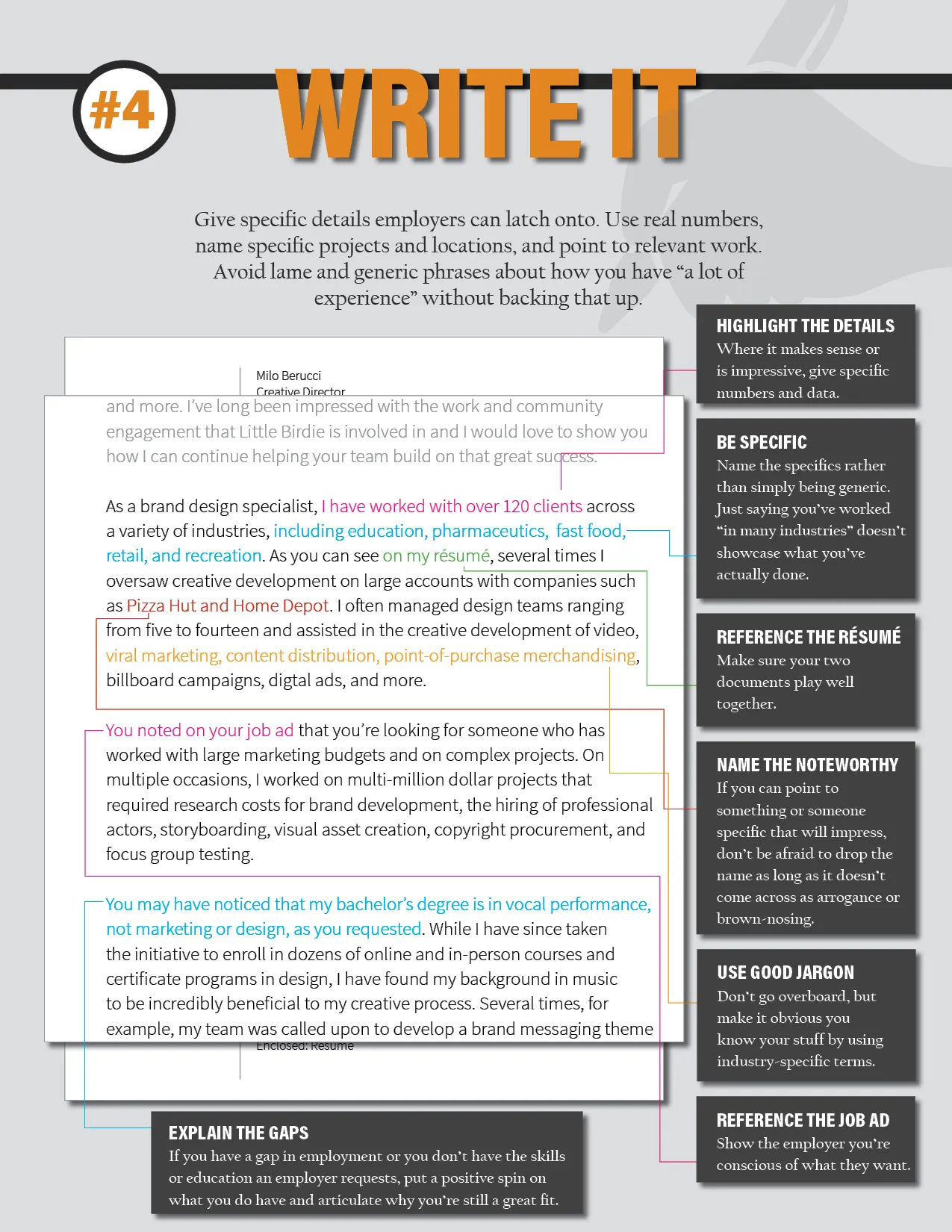
The body of your cover letter is where you make your case for why you’re the right fit for the job. It’s your opportunity to showcase your skills, experience, and enthusiasm in a concise and compelling manner. Structure the body into several paragraphs that each focus on a specific aspect of your qualifications. Each paragraph should have a clear purpose, whether it’s introducing yourself, highlighting your key skills, or expressing your interest in the role and the company.
Introduction Paragraph
Start by stating the position you are applying for and where you found the job posting. Then, briefly introduce yourself and mention your most relevant qualifications. This is your chance to grab the reader’s attention and make them want to learn more. Make sure to be clear and concise, highlighting the key reason for your interest in the role. This initial paragraph should be brief and to the point, setting the stage for the rest of your letter.
Highlighting Relevant Skills and Experience
In the main body of your cover letter, delve into your skills and experiences that are most relevant to the job requirements. Instead of simply listing your past responsibilities, focus on demonstrating how your skills align with the job description and what you can bring to the table. Provide specific examples of your achievements and quantify them whenever possible. For instance, if the job description mentions project management skills, describe a specific project you managed, the challenges you overcame, and the results you achieved. This section should clearly show how your background makes you a strong candidate.
Demonstrating Enthusiasm for the Role
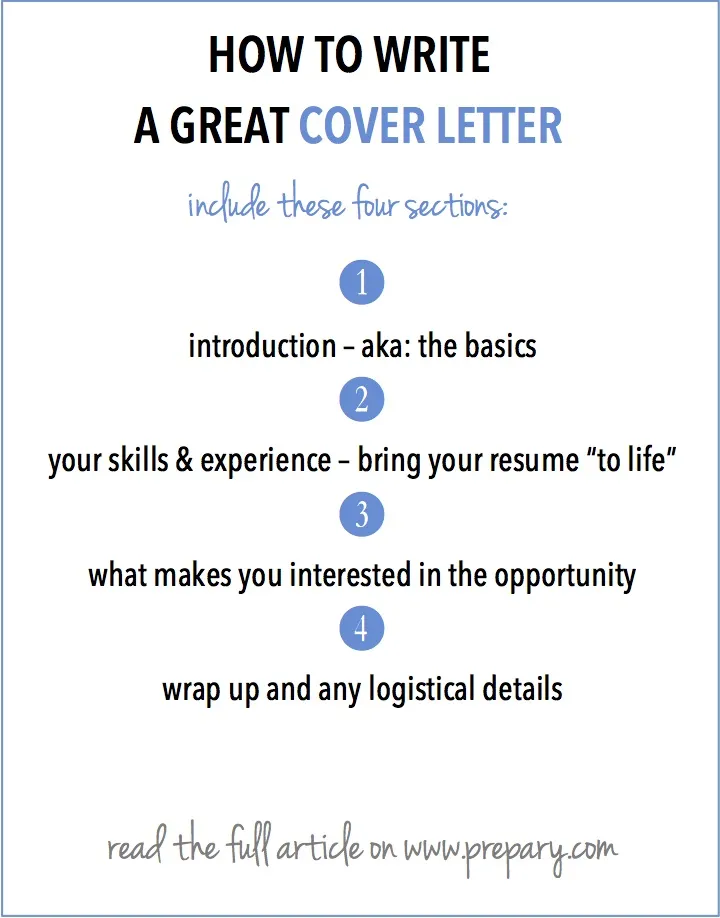
Show genuine enthusiasm for the role and the company. Explain why you are particularly interested in this specific opportunity and what attracts you to the company’s mission, values, or culture. Your passion should shine through; it shows the hiring manager that you are not just looking for a job, but are truly excited about the possibility of working there. Avoid generic statements and make it clear that you’ve researched the company and understand its goals. Show you are eager to contribute and be a part of the team, this will make you memorable.
Showcasing Achievements
Use this section to highlight your accomplishments. Instead of just listing your duties, focus on what you have achieved in previous roles. Provide specific examples of your achievements and quantify them whenever possible. For example, mention how you increased sales by a certain percentage or improved customer satisfaction scores. Use the STAR method (Situation, Task, Action, Result) to structure your examples and provide context. This approach helps the hiring manager see the impact of your work and how you can replicate similar successes in the new role. Specific achievements demonstrate your value and make your application more persuasive.
Tailoring the Cover Letter to the Job Description
Tailor your cover letter to match the specific job description. Read the job posting carefully and identify the key skills, qualifications, and experiences the employer is looking for. Use this information to customize your letter, highlighting the aspects of your background that align most closely with the requirements. Use keywords from the job description, but don’t simply repeat them. Instead, incorporate them naturally into your sentences and explain how your skills and experience meet the employer’s needs. This shows the hiring manager that you have taken the time to understand the role and are a strong fit for the position. It also shows that you paid attention to the details.
Closing Paragraph
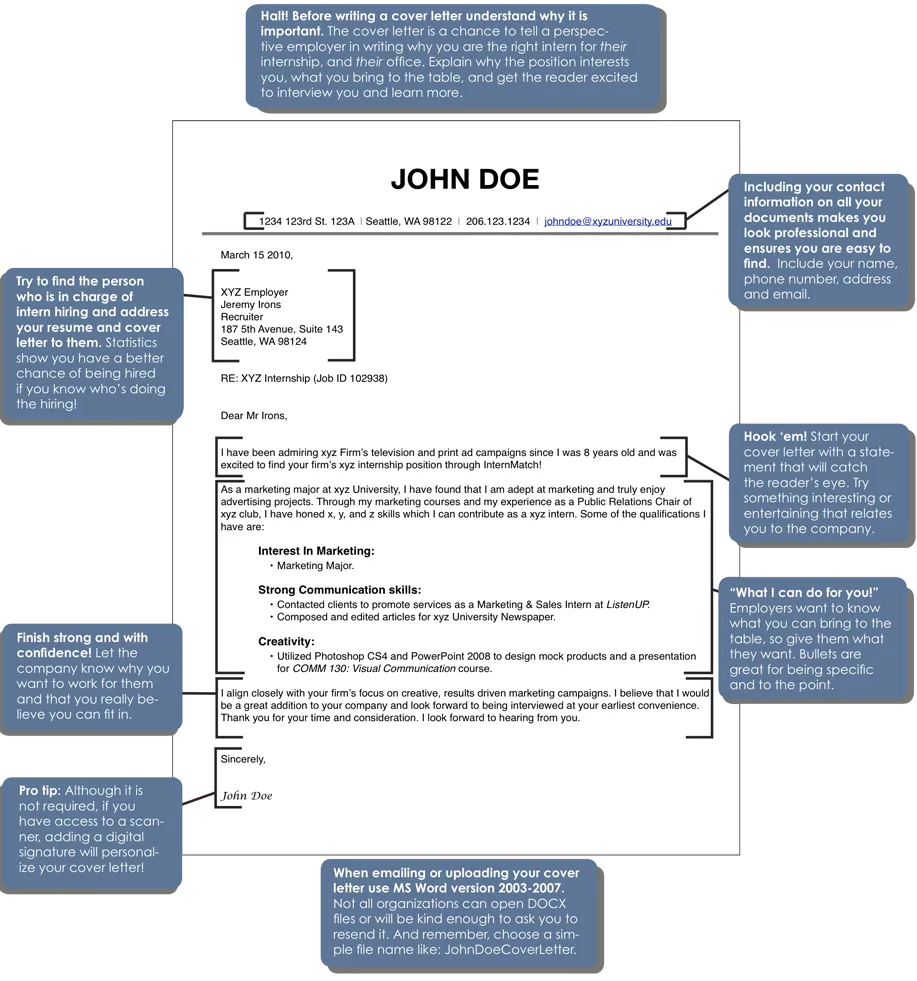
The closing paragraph is your final opportunity to reinforce your interest and encourage the hiring manager to take action. Reiterate your enthusiasm for the role and summarize why you are a great fit. Be sure to express your gratitude for their time and consideration. A well-written closing paragraph should also include a clear call to action, such as requesting an interview and indicating your availability. A strong closing paragraph leaves a lasting impression and increases your chances of getting a positive response.
Expressing Gratitude and a Call to Action
Express your gratitude to the hiring manager for considering your application. Then, end with a call to action. Let them know you are eager to discuss your qualifications further and are available for an interview. This shows you are proactive and interested in the position. Thank the hiring manager for their time and consideration, as this simple gesture reflects professionalism. A concise, enthusiastic call to action encourages the hiring manager to move forward in the process.
Closing
Use a professional closing such as ‘Sincerely,’ ‘Best regards,’ or ‘Thank you’. Avoid casual closings. Your closing should maintain the professional tone throughout your cover letter. Include your typed name below the closing. Some people may also include their signature above the typed name. Your closing reflects your professionalism and attention to detail. Maintain consistency with the overall professional tone.
Tips for Writing an Effective Cover Letter
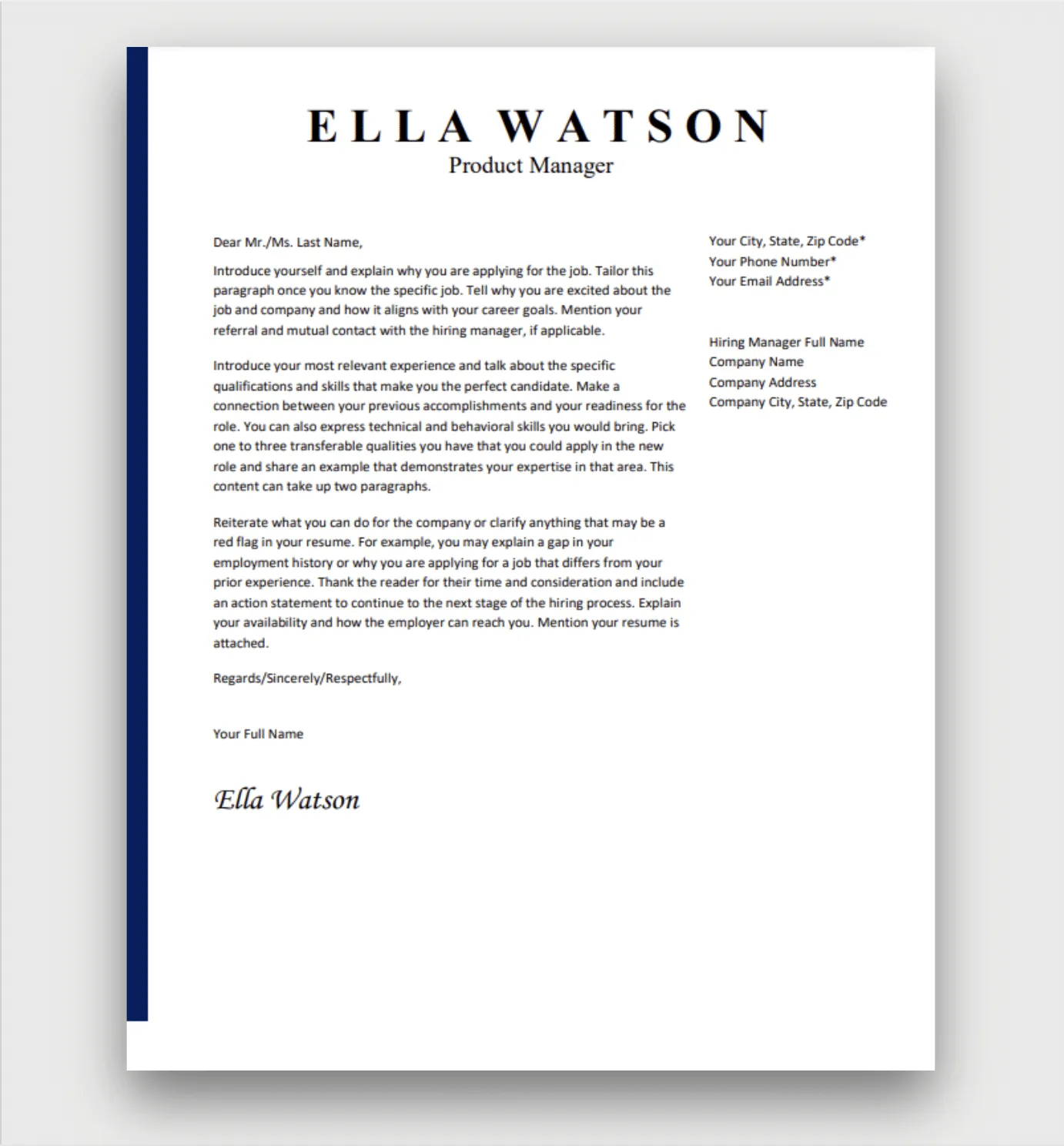
Writing an effective cover letter takes time and effort. By following these tips, you can create a cover letter that stands out. Always personalize your cover letter to the specific job and company. Research the company and tailor your letter to show you understand their needs and values. Make sure to maintain a professional tone and use proper grammar and spelling. Proofread carefully and avoid typos and grammatical errors. Ensure that your cover letter is easy to read and visually appealing by using a clear font and concise paragraphs. Use action verbs to describe your achievements. Be honest about your skills and experience. Don’t exaggerate or make false claims.
Proofreading and Editing
Proofreading and editing are critical steps in the cover letter writing process. Errors in grammar, spelling, or punctuation can significantly undermine your credibility and professionalism. Always proofread your cover letter multiple times. It’s beneficial to have someone else review your letter, as a fresh pair of eyes can often catch mistakes you might miss. Pay close attention to sentence structure, word choice, and overall clarity. Ensure the letter is concise, well-organized, and free of any inconsistencies. A polished cover letter demonstrates your attention to detail and your commitment to quality.
Formatting and Design
Proper formatting and design contribute to the readability and professionalism of your cover letter. Choose a simple, easy-to-read font such as Times New Roman, Arial, or Calibri. Keep your font size between 10 and 12 points. Use a clear, consistent format throughout the document, with ample white space to avoid a cluttered appearance. Use short paragraphs to break up the text and make it more digestible. Consider using bullet points to highlight key skills or achievements. Ensure the letter is well-aligned and that there are no inconsistencies in spacing. Maintain a professional design to enhance the overall impact of your cover letter.
Using Action Verbs
Using action verbs to describe your accomplishments and responsibilities makes your cover letter more engaging and impactful. Action verbs provide energy and show what you have done. Instead of passive phrases, use strong verbs to showcase your skills and experience. For example, use ‘managed,’ ’led,’ ‘developed,’ ‘achieved,’ and ‘implemented’ instead of passive phrases. Using action verbs helps paint a picture of your accomplishments. It makes your letter more dynamic and memorable. It also helps the hiring manager quickly understand your contributions and value.
Common Mistakes to Avoid
Several common mistakes can weaken your cover letter and hinder your application. Avoid generic cover letters; always customize your letter for each job. Do not use the same letter for every application. Ensure there are no typos or grammatical errors. Make sure to proofread and edit your cover letter carefully. Avoid writing too much or including irrelevant information. Make sure the letter is concise and directly addresses the job requirements. Steer clear of negative language. Focus on your positive qualities and achievements. Don’t use jargon or overly complex language. Keep the language clear, simple, and easy to understand. Avoid these common pitfalls to make your cover letter effective and successful.
Sending Your Cover Letter
Once your cover letter is complete, you need to ensure you send it correctly. Formatting and organization are very important. Make sure your cover letter and resume are well-formatted and presented professionally. Consider the file type and the name you give to your files. Also, consider following up after the application to show that you are keen and enthusiastic.
File Format and Naming
Save your cover letter as a PDF to ensure that the formatting remains consistent across different devices and operating systems. Name your file with your name and the job title. This helps the hiring manager easily identify your documents. This is particularly important if the hiring manager receives many applications. For example, save your file as ‘JohnDoe_CoverLetter_MarketingManager’. This simple step shows professionalism and organization, and helps the employer keep your documents organized.
Follow-up After Submission
If you haven’t heard back within a reasonable timeframe (usually a week or two), it’s appropriate to follow up. Send a polite email to the hiring manager or recruiter, reiterating your interest in the position and asking if they have received your application. Keep your follow-up brief and professional. This shows your continued interest and initiative. It also gives you another opportunity to highlight your qualifications. However, avoid sending multiple follow-up emails, as it can be viewed as intrusive.
